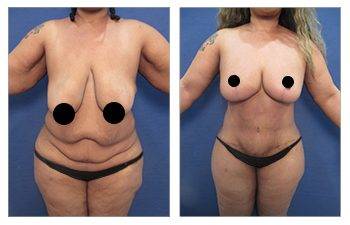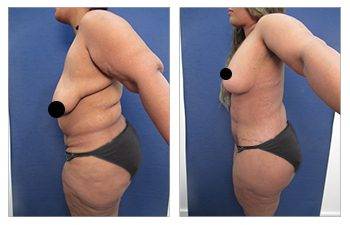


35-year-old female patient following her bilateral breast lift.
Breast lift scars require several years to complete their healing process. Breast lift surgery requires multiple incisions extending around the areola, a vertical central extension, and a horizontal incision extending partially from the central chest to the lateral armpit region. The placement of these incisions allows for the synchronous elimination of redundant breast tissue and lifts the nipple and areola to a higher, more aesthetically desirable position. The breast lift appearance of scars is a concern since, other than the breast crease, the remaining incisions are visible when not wearing a bra. Although breast lift scars can be quite prominent in the early postoperative period, they typically fade in one year. Breast lift scars can become even more apparent when a simultaneous breast augmentation is performed using a breast implant. The weight of the implant will typically place more tension on both the areola and the anchor lift scar on the undersurface of the breast. Depending on the breast lift technique, variable excess skin can be eliminated while preserving blood flow to the nipple and areola complex. To appreciate why breast lift scars will tend to fade well after one year, we must discuss the pathophysiology and management of surgical incisions and subsequent scars.
What Does A Breast Lift Incision Include?
A breast lift routinely requires incision lines around the areola, a vertical extension down the bottom of the breast, and an anchor scar that extends underneath the breast. The areola incision scar routinely heals well since the areola junction with the breast skin is not a distinct line. When the areola incision heals, it provides a blended and naturally appearing junction. The vertical incision line that extends down from the areola to the inframammary crease typically heals well since the tension in this incision line is minimized. Tension is the most influential factor determining how surgical incision lines heal. Since the tension of the lower beast pole is minimal, this breast lift scar fades very well, even at one year. Finally, the lower breast lift scar is oriented horizontally and heals the least well. Fortunately, this incision is well hidden since it falls into the shadow of the inframammary crease. As such, the scars after one year heal satisfactorily for most clients.
Several maneuvers are helpful to ensure that breast lift scars heal expedited. The first is to keep your surgical tape, called Steri-Strip, in place at all times during the early postoperative period. The Steri-Strips will typically fall at the one-month mark. Then, silicone sheets are applied to the incision lines for the next month, which are replaced daily following showering. Finally, scar gel can be advocated that can be rubbed into the line before wearing your undergarments. These post-surgical procedure maneuvers will typically be performed for weeks after surgery. By the three-month mark, patients may elect to have IPL performed if their incision is bright or have steroids injected if the incisions are raised. Eventually, breast lift scars will tend to fade and are most affected by your skin tone. Patients with light skin tend to fade their incisions faster than clients with darker skin tones. All clients are also urged to avoid direct sun exposure for the first six months following breast surgery.
In summary, clients considering a breast lift procedure should be reassured that incision lines should heal with minimal scarring. If clients observe more prominent scars, several modalities have been established to alleviate the healing of the incision lines, as discussed above.

